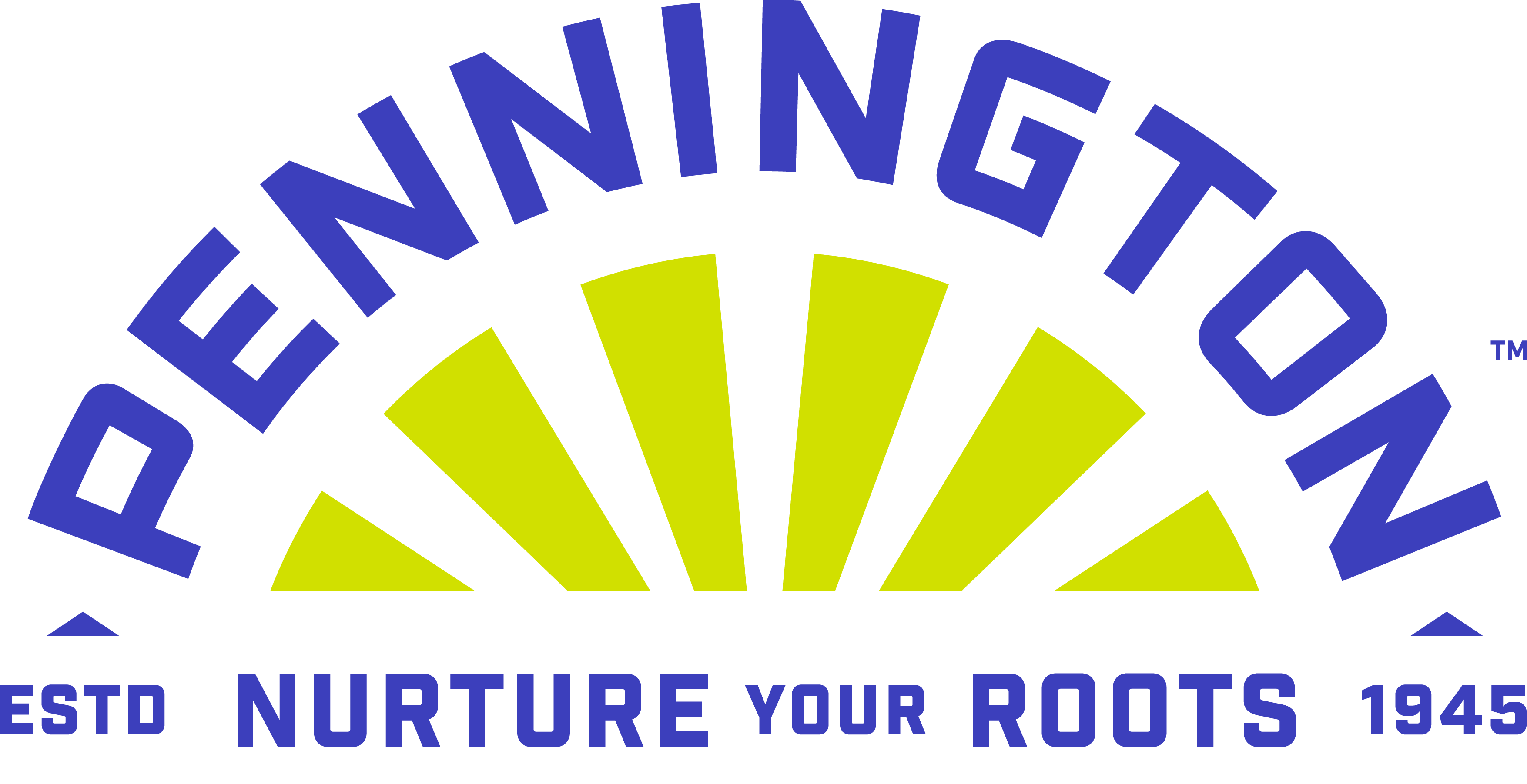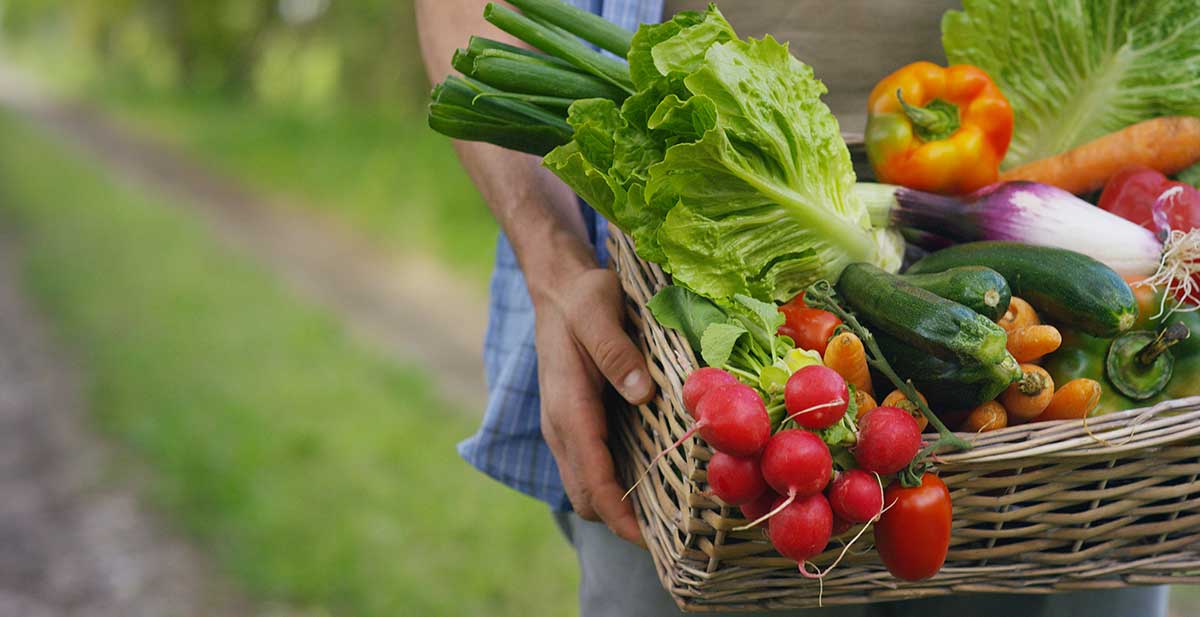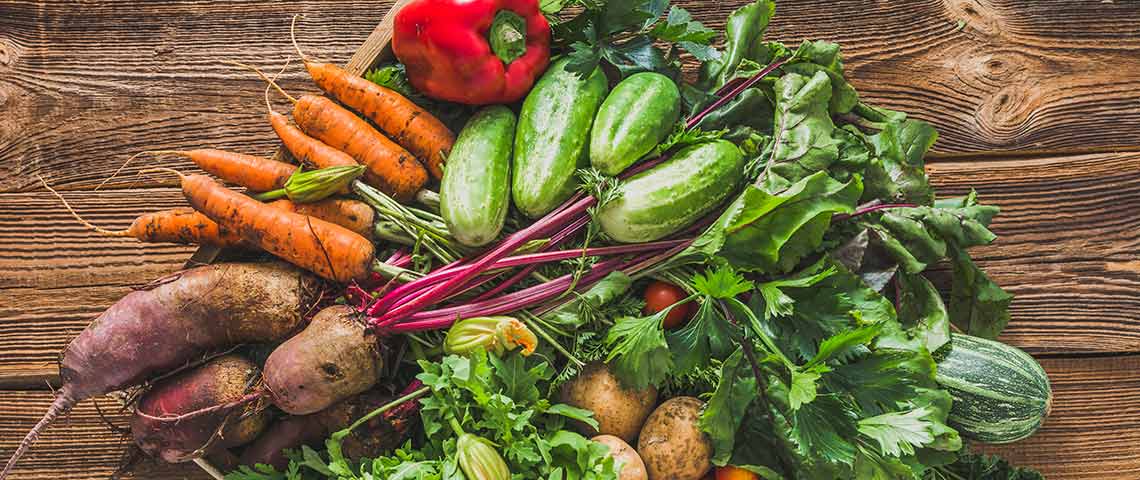How to Plan and Plant Your Fall Vegetable Garden
If treating your friends and family to garden-fresh veggies is high on your list of accomplishments, why limit yourself to just one garden a year? With a little advance notice, you can serve up garden-fresh fall vegetables and greens until frost shuts you down. And if you were new to veggie gardening this spring, you can apply all the things you learned! Your garden will be even better this time around.
- When to Plant Your Fall Food Garden
- Garden Vegetables that Flourish in Fall
- How to Plan and Plant Fall Gardens
- How to Maintain Fall Vegetable Gardens
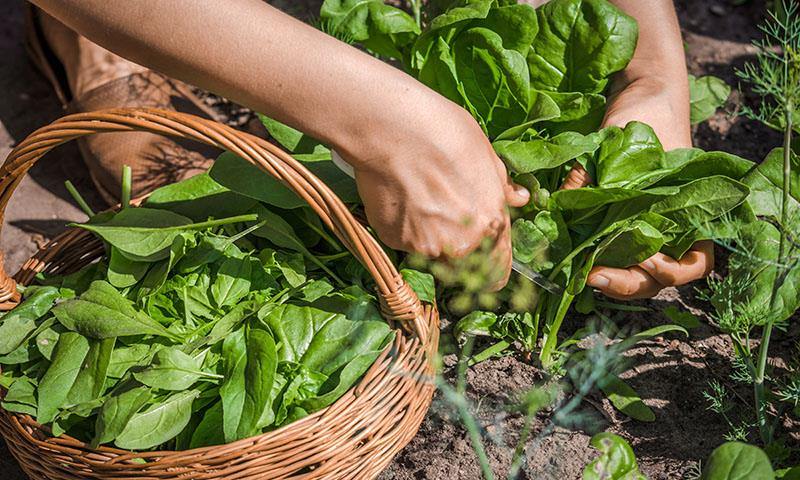
Spinach and other cool-loving leafy greens are perfect for fall gardens
When to Plant Your Fall Food Garden (spoiler: late summer)
When you plant a vegetable garden in spring, you're focused on that last spring frost — and how long it'll be before fresh veggies are on your table. For spring crops that love cool weather, you're also trying to beat the heat and get crops harvested before summer's hottest days hit.
With a fall vegetable garden, you're working the other extreme, with your eyes on fall's first hard frost. If you're not sure when that happens where you live, grab your favorite device and search for "first frost" and your zip code.
Your answer will influence when and what vegetables you plant for fall. Some southern and western gardeners typically don't see a hard frost until November. But some northern gardeners get hit in September or even earlier!
A fall veggie garden doesn't have to be a race to the finish, but it does require a little planning upfront. For your yard-to-table bonanza to have time to mature, your vegetable seeds or transplants need to go in the ground in late summer, when soil is warm from summer suns and nights begin to cool.
Plan it right, and by the time a hard frost hits — and kills most of your garden back to the ground — you'll already be getting accolades from family, friends and neighbors for your fall vegetable bumper crops.
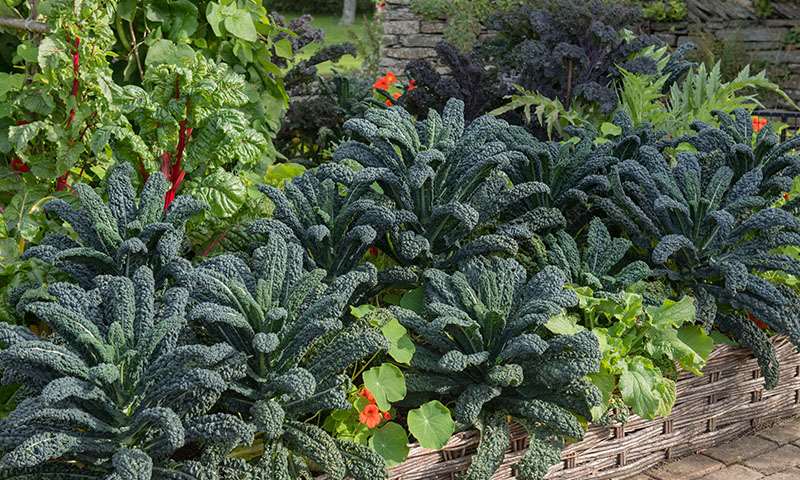
Kale is one fall veggie that actually improves with frost.
Garden Vegetables that Flourish in Fall
If you really want to boost your garden cred in the neighborhood, plant your fall food-producing gardens around crops that thrive in cool weather. Plants that flourish in cool spring temps and then shut down in summer heat are the same ones that deliver when cool fall temps hit.
All the cool crops for fall are just that — plants that like the weather cool. That includes almost any kind of leafy greens you like on your table, from spinach and mixed lettuces to Asian greens and herbs like arugula and parsley. Throw in cool-loving root crops like radishes, carrots and beets, and you can start planning those roasted fall veggie menus.
Next up for your consideration is a group of vegetables tailor-made for fall harvests: the cole crops. (Yes, it's cole crops, not cold crops — even though they do like it cool. Want to impress your garden friends? Cole comes from the Latin word for stem or stalk. It doesn't have anything to do with temperatures!)
Cole crops include plants like cabbage and bok choy. They also include dinosaur kale, an absolute must for your fall garden. Not only does dinosaur kale win on looks alone, it also withstands a hard frost and actually tastes sweeter afterward! Depending on where you live, you can harvest kale through multiple frosts.
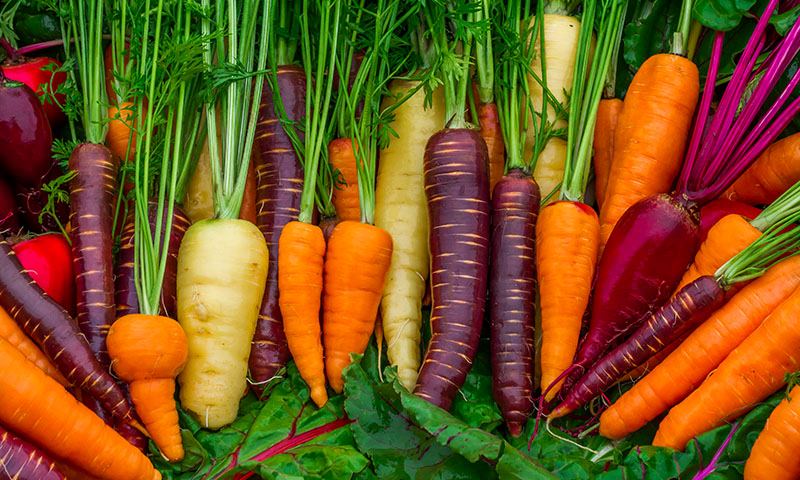
Fall vegetable gardens add color to your yard and your table.
How to Plan and Plant Fall Gardens
Once you decide on what you'd like to grow, zero in on how long those crops take to mature. There's nothing worse (okay, almost nothing) than nurturing your veggies and drooling over meal plans — then having a freeze hit before your crops are ready to eat.
Whenever you buy a pack of seeds or a young vegetable transplant at a garden center, investigate how many days it takes 'til harvest time. Then count backward on your calendar — starting at your typical first frost date — to find your planting time.
Take our Pennington Organic All Lettuce Mix seeds, for example. They need just 28 days to harvest. If you want baby greens, it's even less. But if Pennington Organic Colorful Rainbow Carrot Mix is your heart's desire for fall, that takes 50 days before they're ready — nearly twice as long. So you want those seeds planted in the ground much earlier.
Pennington Organic Red Acre Cabbage Seeds (one of the best cabbages for winter storage) takes 75 days to harvest. If you're planning on fermenting cabbage for pink sauerkraut, you want to plant that segment of your fall garden roughly two and a half months before season's end — or get a head start with young plants from your local garden center instead.
When you plan and plant for fall veggies, build in a little leeway on your growing times, if you can. As much as we love her, Mother Nature isn't always predictable. Those fall frost dates are only estimates.
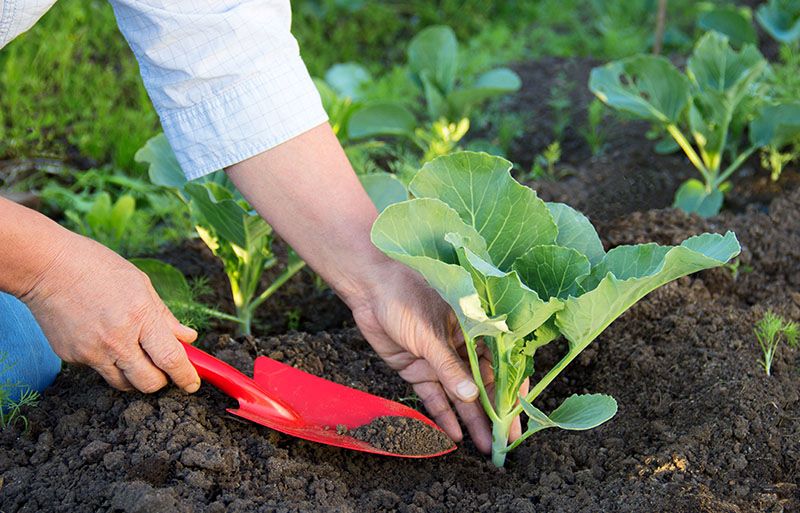
You can plant fall gardens from seeds or transplants.
How to Maintain Fall Vegetable Gardens
To get the most out of growing your own food this fall, take time to nurture your soil and prep it for the blissful harvests ahead. Great crops start with great soil. And by late summer planting times, your garden soil is probably a little depleted from whatever went there before.
Show your garden some love and revitalize your soil with Pennington Rejuvenate Natural & Organic Garden Soil Mix. Just incorporate the mix into your native garden soil according to label instructions. You'll actually improve your soil with essential nutrients, added bio-stimulants to improve nutrient uptake and earthworm castings.
Add in Pennington Rejuvenate Plant Food Tomato & Vegetable 4-5-4 to give your fall vegetables the food they need for nutritious growth. This premium plant food blends natural and organic ingredients, including earthworm castings and beneficial microorganisms, that improve your soil environment and nourish plants from the inside out.
For an extra boost to your fall bounty, keep the nutrients coming with Pennington All-Purpose Plant Food 2-3-2. With the easy-to-use dosing cap, just one squeeze delivers a perfect dose to add to 1 gallon of water. You can feed every 2 to 4 weeks until your garden's done. (BTW, this product is great for growing indoor houseplants, too.)
If you opt for the fast track and buy some young vegetable transplants for your fall garden, some extra TLC can help them get settled in. Pennington Plant Starter helps seedlings and transplants thrive, so your plants don't waste a single day between planting and harvest. For vegetables, you need one dose per gallon of water. Give that convenient dosing cap a squeeze, and you'll have exactly what you need.
For fall gardens, every moment counts, and so does every leaf and root. When the weather cools down, some insect pests slow down. But don't be fooled — some accelerate their activity instead. With Sevin Insect Killer Ready To Use2 or Sevin Insect Killer Dust Ready To Use, you can protect your harvests and take charge at the first sign of attack.
Now this part's extra important, so pay attention: Before you treat your vegetables with any pesticide, check the product label to make sure it lists your edible crop. Once you find it, check your crop's preharvest interval (PHI) listed there. That's the length of time you need to allow between the time you treat and the time you eat — and it can be different for every crop and every product.
Not that gardening's a competitive sport, but there is something very satisfying about harvesting garden-fresh fall vegetables when other gardens have already run their course. Whether it's a single row of greens or a variety-packed garden plot, we're here to help you and your fall garden succeed.
Have a question? Let us hear it. We're Pennington — we've got answers. Let us help you nurture your roots and your dreams.
Always read product labels thoroughly and follow instructions, including guidelines for listed plants and pests, application frequency, and pre-harvest intervals (PHI) for edible crops.
